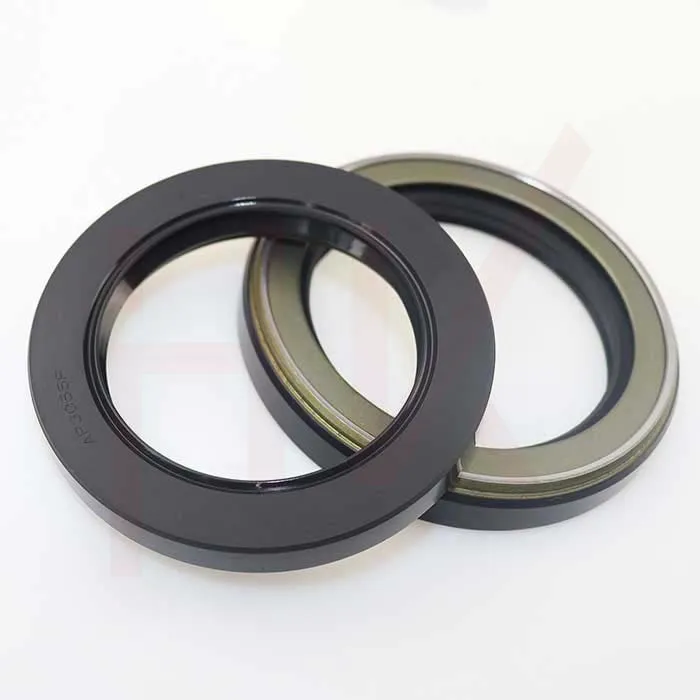ທ.ວ. . 03, 2024 17:32 Back to list
hub bearing seal
The Importance of Hub Bearing Seals in Automotive Applications
In the ever-evolving world of automotive engineering and manufacturing, the significance of robust and reliable components cannot be overstated. One such crucial component that plays a vital role in maintaining a vehicle’s performance and longevity is the hub bearing seal. This article will explore the function, design, materials, and maintenance of hub bearing seals, as well as their impact on overall vehicle performance.
Understanding Hub Bearing Seals
Hub bearing seals are integral parts of the hub assembly, designed to retain lubricant while preventing contaminants such as dirt, water, and debris from entering the bearing assembly. These seals ensure that the bearings operate smoothly and efficiently, reducing friction and wear over time. In a typical automotive hub assembly, the bearings support the wheel, allowing it to rotate freely while bearing the weight of the vehicle and supporting loads during acceleration, braking, and turning.
Functions of Hub Bearing Seals
The primary functions of hub bearing seals are
1. Lubrication Retention Hub bearings require proper lubrication to function optimally. Seals help retain the lubricant within the bearing housing, minimizing the risk of overheating and reducing wear.
2. Contaminant Protection Seals protect the bearings from contaminants found on the road, such as mud, dust, and water. By acting as a barrier, they help to maintain the cleanliness of the bearing assembly, thus extending its service life.
3. Pressure Regulation As the wheel rotates, heat generation can cause changes in pressure. The seal helps to manage these pressure fluctuations, preventing lubricant from escaping and maintaining optimal performance.
Design and Materials
The design of hub bearing seals varies depending on the vehicle's make and model, but some common features can be noted
- Lip Design Most hub bearing seals have a lip that contacts the sealing surface. This lip design is critical in ensuring a tight seal that prevents lubricant leakage and stops contaminants from entering.
hub bearing seal

- Spring Mechanism Many hub seals include a spring that applies pressure to the sealing lip, ensuring a consistent contact pressure with the sealing surface. This helps improve the seal’s performance over time, especially as wear occurs.
The materials used in the manufacturing of hub bearing seals are also essential for their functionality
- Rubber Commonly used for sealing lips due to its flexibility and resilience against various environmental factors.
- Polymer Composites For higher performance demands, seals made from advanced polymer composites may be employed, providing enhanced resistance to wear and tear, as well as chemical exposure.
- Metal Components Some seals feature metal casings to provide structural support and protect against mechanical damage, ensuring durability.
Aspects of Maintenance
While hub bearing seals are designed to withstand harsh conditions, proper maintenance is crucial to ensuring their longevity and effectiveness. Regular inspections should be part of maintenance routines
- Visual Inspections Mechanics should routinely check for signs of wear or damage on seals during vehicle servicing. Look for cracks, tears, or any oil leakage around the hubs.
- Lubricant Quality Monitor the condition and level of the lubricant within the hub assembly. Contaminated or low lubricant levels can lead to premature failure of both the seals and bearings.
- Replacement If a seal shows signs of wear or leakage, it should be replaced promptly to prevent damage to the bearing and avoid costly repairs.
Conclusion
In conclusion, hub bearing seals play an indispensable role in automotive applications by ensuring the smooth operation of wheel bearings and protecting them from contaminants. Their design, materials, and maintenance are critical factors that influence a vehicle's performance, safety, and reliability. Understanding the importance of these seals enables manufacturers and vehicle owners to make informed decisions regarding maintenance practices and component replacements, ultimately leading to enhanced vehicle longevity and driver satisfaction. As technology advances, the development of more resilient and efficient hub bearing seals will likely continue, further contributing to the evolution of automotive engineering.
-
TCN Oil Seal Metal Ring Reinforcement for Heavy Machinery
NewsJul.25,2025
-
Rotary Lip Seal Spring-Loaded Design for High-Speed Applications
NewsJul.25,2025
-
Hydraulic Cylinder Seals Polyurethane Material for High-Impact Jobs
NewsJul.25,2025
-
High Pressure Oil Seal Polyurethane Coating Wear Resistance
NewsJul.25,2025
-
Dust Proof Seal Double Lip Design for Construction Equipment
NewsJul.25,2025
-
Hub Seal Polyurethane Wear Resistance in Agricultural Vehicles
NewsJul.25,2025
-
The Trans-formative Journey of Wheel Hub Oil Seals
NewsJun.06,2025
Products categories
















